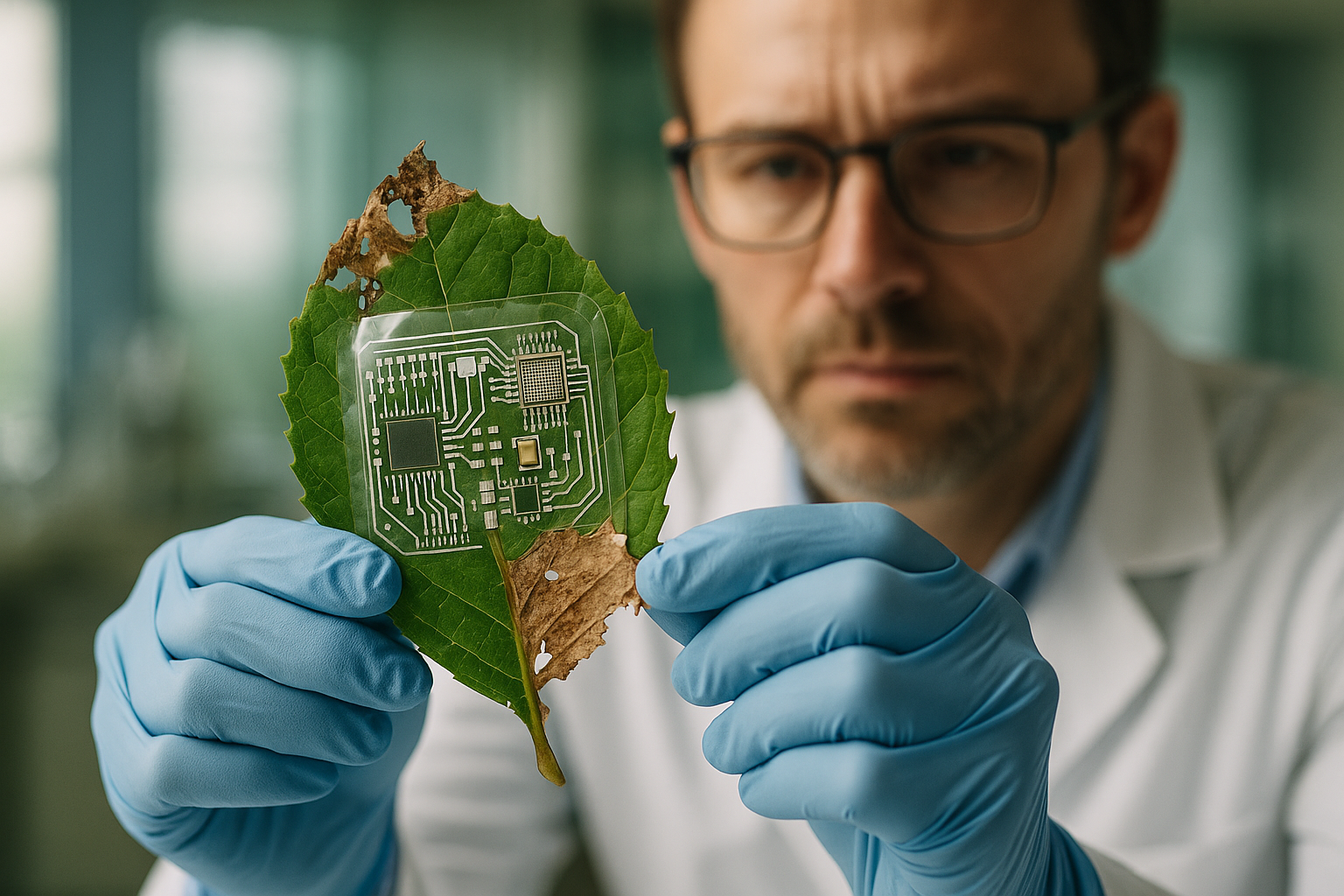Leveraging Biomimicry in Industrial Design
Innovation in industrial design often draws inspiration from unexpected sources. One of the most promising frontiers in this field is biomimicry - the practice of emulating nature's time-tested patterns and strategies to solve human challenges. This approach is revolutionizing how industries conceptualize and create products, leading to more efficient, sustainable, and effective solutions across various sectors.

The core principle of biomimicry is that nature, through billions of years of evolution, has already solved many of the problems we’re grappling with today. From energy efficiency to material strength, nature offers a vast repository of solutions that can be applied to human design challenges. By studying natural systems and organisms, designers and engineers can unlock new possibilities for product development and process optimization.
The Three Levels of Biomimicry in Industrial Design
Biomimicry can be applied at three distinct levels in industrial design: form, process, and ecosystem. At the form level, designers mimic nature’s shapes and structures. For instance, the nose of Japan’s Shinkansen bullet train was redesigned to mimic a kingfisher’s beak, reducing noise and improving energy efficiency.
At the process level, biomimicry involves replicating nature’s methods of making things. An example is self-cleaning surfaces inspired by lotus leaves, which use nanostructures to repel water and dirt. This technology has applications in everything from building materials to textiles.
The ecosystem level is perhaps the most complex and potentially transformative. It involves designing industrial systems that mimic the closed-loop, waste-free cycles found in natural ecosystems. This approach can lead to more sustainable manufacturing processes and product lifecycles.
Case Studies: Biomimicry Success Stories
Several industries have successfully implemented biomimicry principles, leading to groundbreaking innovations. In the automotive sector, Mercedes-Benz drew inspiration from the boxfish to create a concept car with exceptional aerodynamics and fuel efficiency. The car’s unique shape, modeled after the fish’s streamlined body, resulted in a drag coefficient of just 0.19, significantly lower than most vehicles on the road.
In architecture and construction, the Eastgate Centre in Harare, Zimbabwe, mimics the self-cooling mounds of African termites. This biomimetic design allows the building to maintain a stable temperature without conventional air conditioning, reducing energy consumption by up to 90% compared to similar-sized conventional buildings.
The adhesives industry has also benefited from biomimicry. Inspired by the remarkable adhesive properties of gecko feet, researchers have developed reusable adhesives that can support significant weight without leaving residue. This technology has potential applications in manufacturing, robotics, and even space exploration.
Challenges and Opportunities in Implementing Biomimicry
While biomimicry offers immense potential, its implementation in industrial design is not without challenges. One of the primary hurdles is the complexity of natural systems. Translating nature’s solutions into practical, scalable industrial applications often requires significant research and development.
Another challenge lies in bridging the gap between biologists and designers. Effective biomimicry requires close collaboration between these traditionally separate fields. Companies need to foster interdisciplinary teams and create environments where diverse expertise can converge to drive innovation.
Despite these challenges, the opportunities presented by biomimicry are substantial. As sustainability becomes increasingly crucial for businesses, biomimetic solutions offer a path to more eco-friendly products and processes. Moreover, biomimicry can lead to breakthroughs in efficiency and performance that give companies a competitive edge in their respective markets.
The Future of Biomimicry in Industry
As technology advances and our understanding of natural systems deepens, the potential applications of biomimicry in industrial design are set to expand. Emerging fields like nanotechnology and advanced materials science are opening new avenues for mimicking nature at microscopic levels.
The integration of biomimicry with other cutting-edge technologies, such as artificial intelligence and 3D printing, promises to accelerate the development of nature-inspired solutions. AI can help identify relevant biological models for specific design challenges, while 3D printing enables the creation of complex, nature-inspired structures that were previously impossible to manufacture.
Biomimicry in Practice: Tips for Implementation
• Start with a clear problem statement: Define the specific challenge you’re trying to solve before looking to nature for inspiration.
• Engage with biologists: Partner with life sciences experts to gain deeper insights into relevant biological systems.
• Invest in research and development: Allocate resources for long-term biomimicry projects, as translating natural principles into industrial applications often requires time and experimentation.
• Foster a culture of biomimicry: Encourage employees across departments to consider nature-inspired solutions in their work.
• Consider lifecycle analysis: Evaluate the entire lifecycle of biomimetic products to ensure they truly offer sustainable advantages.
In conclusion, biomimicry represents a powerful tool for innovation in industrial design. By tapping into nature’s 3.8 billion years of research and development, businesses can create more efficient, sustainable, and effective solutions to complex challenges. As we face increasing environmental pressures and resource constraints, the principles of biomimicry offer a promising path forward for industry. The key lies in fostering collaboration between diverse disciplines and maintaining a commitment to long-term, nature-inspired innovation.




